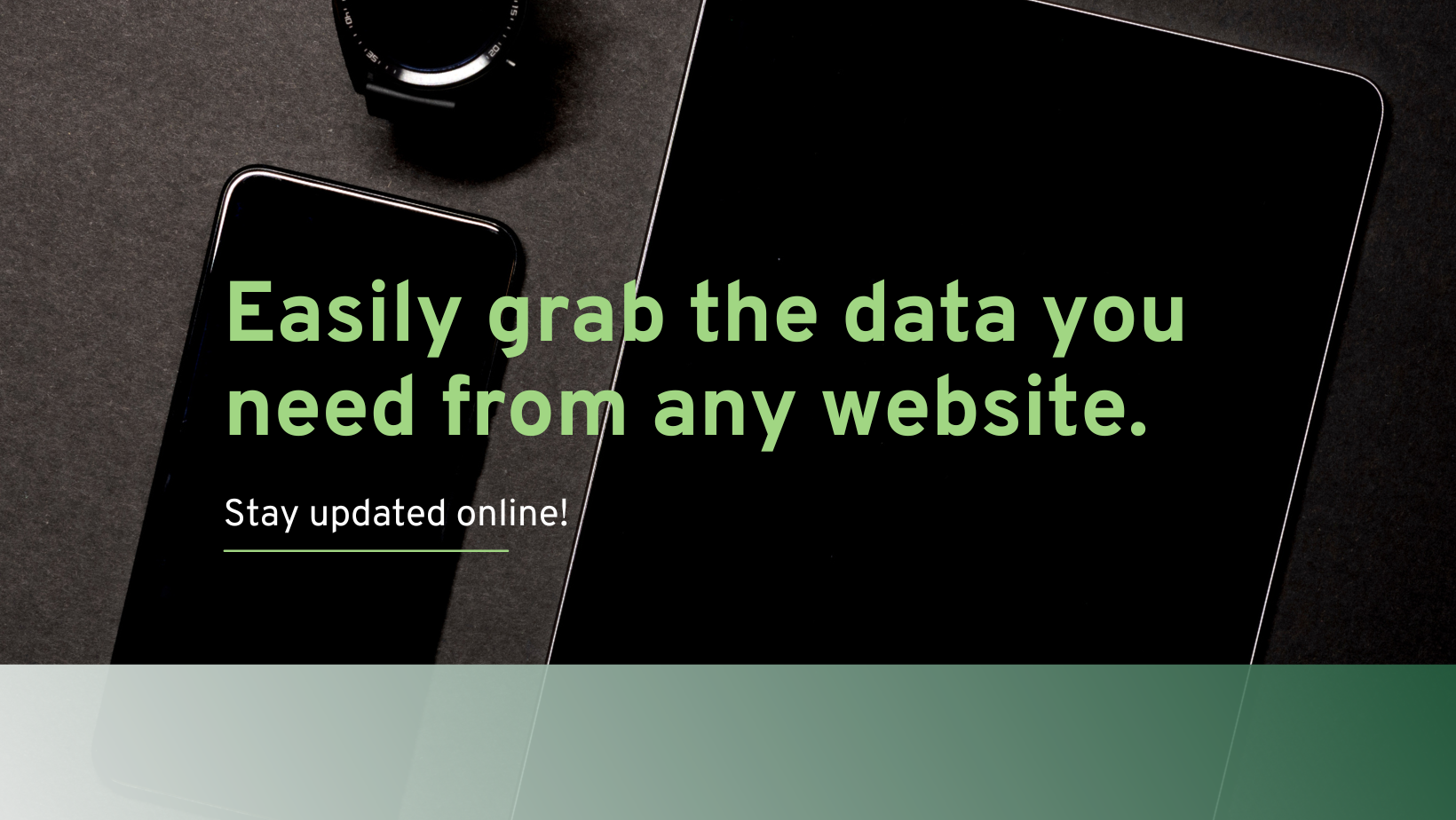HTML Basics: What You Need to Start Coding Today
 InnovateWith Website
InnovateWith Website
Introduction
Whether you're interested in becoming a web developer or just curious about how websites are created, HTML is your first step into the world of coding. HyperText Markup Language, commonly known as HTML, is the backbone of every webpage on the internet. It defines the structure of web pages, guiding browsers on how to display content. In this guide, I’ll walk you through the basics of HTML, giving you everything you need to start coding today!
What is HTML?
At its core, HTML is a language that uses a series of tags to define the content and layout of web pages. Every time you browse the internet, HTML is working behind the scenes, structuring the text, images, links, and other elements you see on the screen.
HTML isn’t a programming language like JavaScript or Python, but a markup language—it marks up or labels parts of a document. It’s also designed to work hand-in-hand with CSS (for styling) and JavaScript (for interactivity), but we’ll focus on HTML for now.
Let’s dive into the essential tools and steps to kickstart your HTML coding journey.
Essential Tools to Start Coding in HTML
Before you start writing code, you’ll need a couple of things:
Text Editor: You don’t need anything fancy to write HTML. A simple text editor will do the job. However, to make things easier, I recommend using a code editor like Visual Studio Code or Sublime Text. These editors offer helpful features like syntax highlighting and auto-completion, making your coding experience smoother.
Web Browser: Any web browser will let you view your HTML creations. Popular browsers like Google Chrome and Firefox will do the trick. As soon as you save your HTML file and open it in a browser, you’ll see your webpage in action.
Local Environment (Optional): You don’t need a complicated setup to write and test HTML. You can simply use online platforms like CodePen to test your HTML code instantly without downloading anything. However, if you prefer coding locally, you can create and view your HTML files directly from your computer using any browser.
Ready to take action? Open your favorite text editor, and let’s build your first webpage!
Basic HTML Document Structure
Before jumping into tags and elements, it’s important to understand the basic structure of an HTML document. Here’s what the skeleton of every HTML page looks like:
<!DOCTYPE html>
<html lang="en">
<head>
<meta charset="UTF-8">
<meta name="viewport" content="width=device-width, initial-scale=1.0">
<title>My First Webpage</title>
</head>
<body>
<h1>Welcome to My First Webpage</h1>
<p>This is a paragraph of text.</p>
</body>
</html>
Let me break it down:
<!DOCTYPE html>: This tells the browser that we’re using HTML5.<html>: The root element that contains all the HTML for the webpage.<head>: This section contains meta-information about the webpage (like its title).<body>: Everything inside the body is what you see displayed on the webpage.
Commonly Used HTML Tags
Once you understand the structure, you’ll start using different HTML tags to build the content. Here are a few basic ones to get you started:
Headings (
<h1>to<h6>): Headings are used to define titles or subtitles. The<h1>tag is the largest heading, while<h6>is the smallest.Example:
<h1>Welcome to My Webpage</h1>Paragraphs (
<p>): The<p>tag is used for paragraphs of text.Example:
<p>This is a paragraph of content on my webpage.</p>Links (
<a>): Links let users navigate to other web pages or websites. Use the<a>tag to create them.Example:
<a href="https://example.com">Visit Example</a>Images (
<img>): The<img>tag is used to display images on your webpage.Example:
<img src="image.jpg" alt="Description of the image">
Creating Your First Webpage
Now that you know the basics, let’s create a simple webpage! Here’s a step-by-step guide:
Open your text editor.
Copy the following code:
<!DOCTYPE html>
<html lang="en">
<head>
<meta charset="UTF-8">
<meta name="viewport" content="width=device-width, initial-scale=1.0">
<title>My First Webpage</title>
</head>
<body>
<h1>Hello, World!</h1>
<p>This is my first HTML webpage. I am learning how to code!</p>
<a href="https://example.com">Click here to learn more</a>
</body>
</html>
Save the file as
index.html.Open it in your browser, and voilà! You’ve created your first webpage.
Ask Your Questions
Now that you’ve got the basics of HTML down, it’s time to take action! Try creating your own HTML page with headings, paragraphs, images, and links. Experiment with different tags, and see how they change your webpage.
If you have any questions or want to share your project, feel free to leave a comment below. And if you’re excited to learn more, follow along for future articles on CSS, JavaScript, and other web development topics.
Subscribe to my newsletter
Read articles from InnovateWith Website directly inside your inbox. Subscribe to the newsletter, and don't miss out.
Written by

InnovateWith Website
InnovateWith Website
I'm a passionate Full Stack Developer dedicated to sharing my knowledge and experiences with the developer community. From front-end to back-end technologies, I enjoy building robust applications and helping others navigate the ever-evolving world of web development. Join me on my journey as I share insights, tips, and tutorials to help fellow developers grow and succeed!